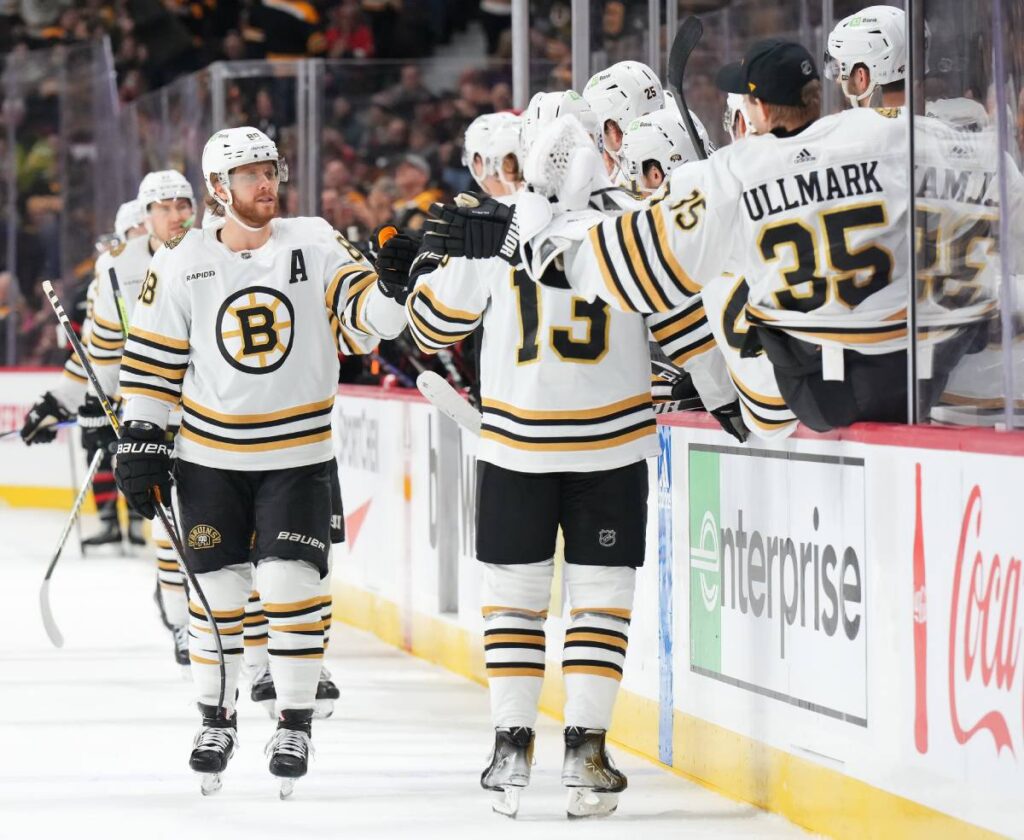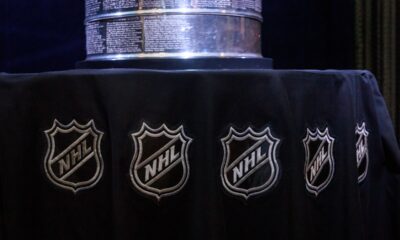More
Behind-the-scenes tug-of-war in negotiating NHL players’ participation in the Olympics. What were the key points in the deal?
The hockey world is probably about to get what it has been craving since 2016. An international tournament that brings together the best of the best. A few days ago, the NHL, the International Olympic Committee (IOC) and the International Ice Hockey Federation (IIHF) agreed on this. What are the key points of the agreement that the best hockey players on the planet have been waiting for?

The hockey world is probably about to get what it has wanted since 2016. An international tournament that brings together the best of the best. A few days ago, the NHL, the International Olympic Committee (IOC) and the International Ice Hockey Federation (IIHF) agreed on this. What are the key points of the agreement that the best hockey players on the planet have been waiting for?
The current agreement, which the IOC and IIHF in particular have been pushing for for years, covers the 2026 and 2030 Winter Olympics. The last time the world’s best players met in a tournament under five rings was in 2014. Back then, it was played in the Russian city of Sochi.
But then the NHL slammed the door. It decided that it would no longer let its business get in the way, stopping its competition at a crucial part of the season and still risking injuries to its biggest stars in a tournament from which it has absolutely no benefit.
So the 2018 and 2022 Olympics were held without NHL players. But things will probably be different again at the next Olympics in Italy. What is behind the NHL giving the green light to this tournament?
Money, money and more money
If we are talking about top-level sport at the beginning of the third millennium, money is the main reason behind everything. As already mentioned, the NHL had nothing to show for the tournament. And yet the Olympic Committee wanted it to pay the players expensive insurance. This was one crucial point on which the earlier (non-)agreements fell apart.
And this is where one of the most fundamental shifts came in. Both the IIIHF and the IOC realized that if they wanted NHL players in their tournament, they would have to pull out their wallets. Paying the insurance premiums for such a mass of players in collegiate sports is not a cheap affair at all. No one involved wanted to take on that burden.
So the IIHF and the IOC finally came to an agreement. Each of them will pay one-third of these costs, with the last third to be borne by the individual national federations themselves. This will spread the amount out and benefit everyone, while the NHL won’t have to pay a dollar.
The proportion in which the amount will be distributed among the various entities is not currently known to the public. Indeed, there are many details in the agreement that have still not been negotiated.
One of the other points was the cost of travel and accommodation for the players. The NHL, and especially the NHL PA (NHL Players Association), has long stood by the view that players must have the highest possible quality of comfort at the Olympics. With the IIHF and IOC stating that the bidders must also cover these costs themselves.
Nothing major is likely to change in terms of who covers these costs. But the NHL has made a small concession and decided that the players can cut back a bit. Plus, it’s primarily the hockey players themselves who want to play in the Olympics.
Moreover, the NHL has complained all these years that it can’t use any TV footage from the Olympics to promote its players for the benefit of the league. Here, too, the bidders have had to make some concessions.
Pressure from NHL players and airtime
Virtually all parties had to make some concessions to reach a mutual agreement that benefits the entire hockey world, especially on the sports side. There are other pieces to the whole process.
European airtime is far more lucrative for the North American continent than when the Olympics were held in the East in Beijing or Pyeongchang. For evening games, fans overseas can watch their heroes in the afternoon, which sounds far more appealing than getting up for hockey at night or early in the morning.
And then there’s one more thing that has played a key role in the whole process – player interest. The current generation of McDavids, Pastrnaks and Macars have been waiting years for their big international tournament. They were the ones who pushed the NHL PA to do something about the situation.
Thus, it is not true that only the IIHF and IOC were interested in the stars under the five rings, but that the stars themselves were interested in the Olympics. This put pressure on the league’s management, which the NHL had to deal with by some sort of compromise.
One of the compromises also is that the NHL will lose the All-Star Game or the All-Star game for a time. It will be replaced next year by a sort of precursor to the planned World Cup. The NHL will host a tournament of the four world powers (Canada, USA, Sweden and Finland). A year later, the All-Star Game will be replaced by the Olympics.
The participation of the best players in the Olympics has not always been a given. It was not until 1998 in Nagano, Japan, that all the top professionals met for the first time. That is why this clash on neutral ground is still referred to as the tournament of the century. Previously, the best players on the planet were not eligible for the Olympics.
The NHL may lose some business, but sport will finally win out for once. On the other hand, it is also in the NHL’s interest to present its product (in this case, players) to the world. And there is no more perfect advertising for hockey than an international tournament of the best players on the planet.
Source: IIHF, NHL, IOC

-
Motorsport5 days ago
Jorge Martín is rewriting history! the 26-year-old Spaniard became the new MotoGP World Champion, Bagnaia succumbed despite his best efforts
-
Motorsport6 days ago
Bagnaia keeps hopes of a miracle alive with MotoGP sprint win in Barcelona, third-placed Martín one step away from title







